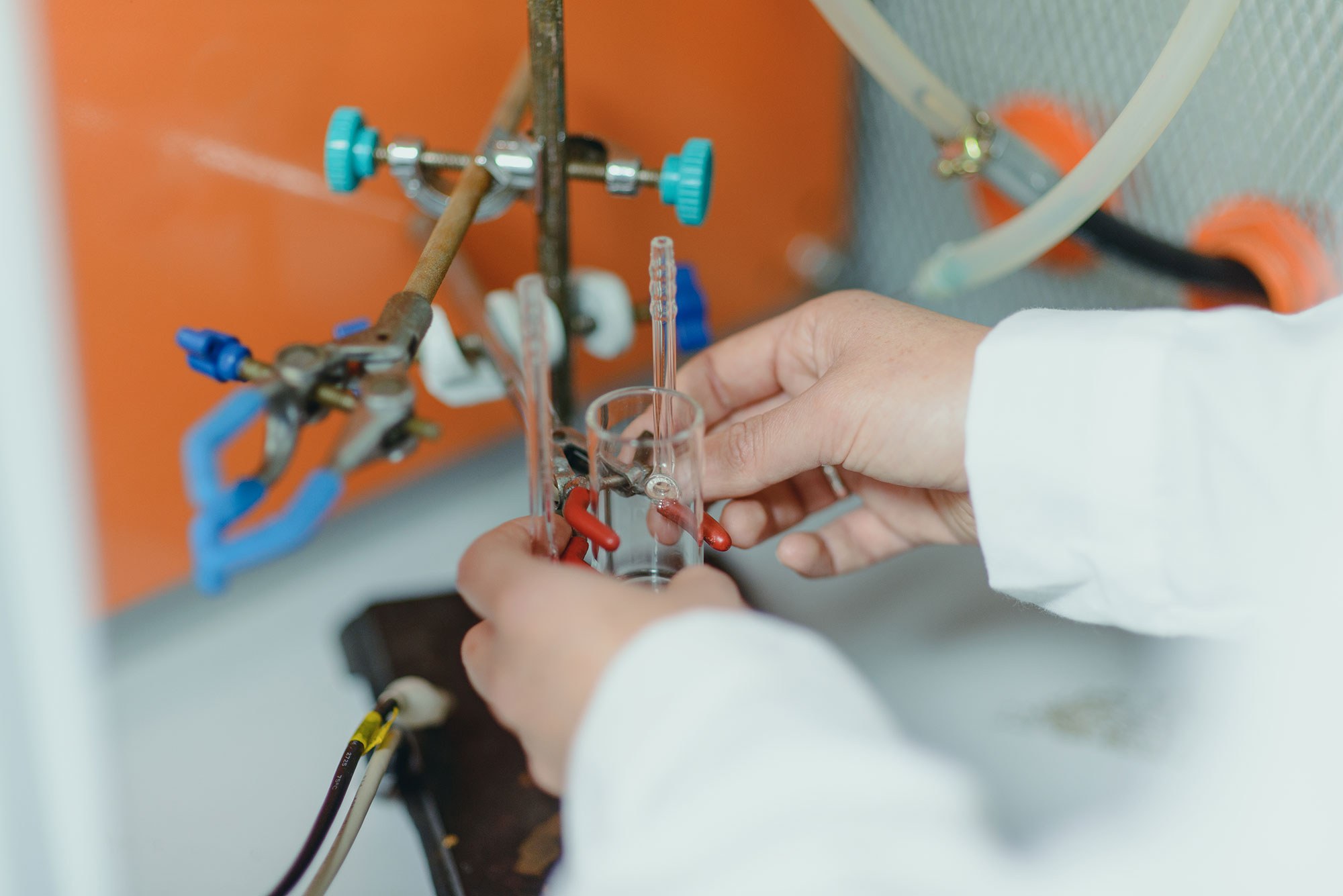Piña, S., Sepúlveda, P., Garcia-Garcia, A., Moreno-Bárcenas, A., Toledo-Neira, C., & Salazar-González, R. (2023). Fast Simultaneous Electrochemical Detection of Bisphenol-A and Bisphenol-S in Urban Wastewater using a Graphene Oxide-Iron Nanoparticles Hybrid Sensor. Electrochimica Acta, 143164. https://doi.org/10.1016/j.electacta.2023.143164
Abstract: In this work, a novel and sensitive electrochemical sensor was developed for the simultaneous determination of low concentration levels of Bisphenol-A (BPA) and Bisphenol-S (BPS) in a secondary effluent from a wastewater treatment plant and surface water. The sensor design involved the utilization of a glassy carbon electrode that was modified with hybrid iron nanoparticles and a nanostructure of graphene oxide. The synthesized material displayed a stable heterostructure, facilitating efficient electronic transfer and exhibiting impressive electrocatalytic capacity. Furthermore, the sensor successfully detected anodic signals of BPA and BPS with a peak separation of 0.28 V, confirming its excellent performance. For method optimization, a chemometric tool based on a Central Composite Face (CCF) design response surface was employed. The optimized conditions yielded an analytical curve with a linear range of 15.0 to 120.0 µmol L−1 for BPA, represented by the equation Iap (µA)= -0.088 + 0.044 (µA L µmol−1) [cBPA], and 20.0 to 70.0 µmol L−1 for BPS, represented by the equation Iap (µA)= -0.367 + 0.025 (µA L µmol−1) [cBPS]. The detection and quantification limits for BPA were established at 12.05 and 36.51 µmol L−1, respectively. Similarly, for BPS, the corresponding values were determined to be 11.63 and 35.24 µmol L−1. The electrochemical method developed was validated by comparing it with the high-performance liquid chromatography coupled to diode array detector (HPLC-DAD) technique. Notably, the electrochemical method demonstrated to be successful in the simultaneous detection and quantification of BPA and BPS in a secondary effluent and surface water.
Pamela Sepúlveda
pamela.sepulveda@umayor.cl


